Top 10 Grains Highest in Protein
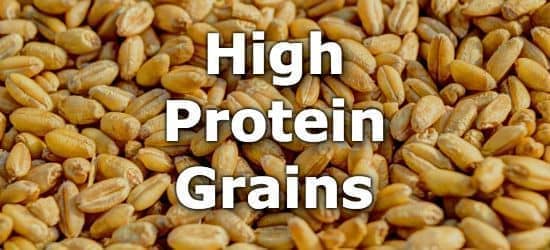
Grains are a staple source of calories, carbohydrates, B-vitamins, and protein. Whole unrefined grains provide more protein for each carb than refined grains do. This is because the bran and germ of grains contain the most protein, and these parts of the grain are removed during the refinement process.
The current daily value (DV) for protein is 50 grams per day. (1) This is considered to be a healthy target amount for most people.
Grains high in protein include cornmeal, kamut (wheat berries), teff, quinoa, whole-wheat pasta, wild rice, millet, couscous, oatmeal, and buckwheat. One cup of cooked whole grains provides between 6 and 20% of the DV for protein.
For more grains high in protein, see the extended list of protein rich grains, and complete vegetarian protein foods.
List of High Protein Grains
-
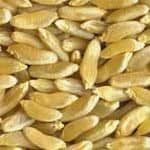 1. Kamut (Khorasan - Wheat) + Add
1. Kamut (Khorasan - Wheat) + Add
Protein
per CupProtein
per 100gProtein
per 200 Calories9.8g
(20% DV)5.7g
(11% DV)8.7g
(17% DV) -
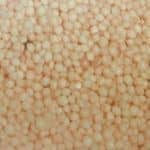 2. Teff + Add
2. Teff + Add
Protein
per CupProtein
per 100gProtein
per 200 Calories9.8g
(20% DV)3.9g
(8% DV)7.7g
(15% DV) -
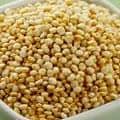 3. Quinoa + Add
3. Quinoa + Add
Protein
per CupProtein
per 100gProtein
per 200 Calories8.1g
(16% DV)4.4g
(9% DV)7.3g
(15% DV) -
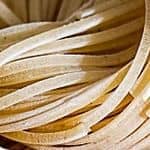 4. Whole Wheat Pasta + Add
4. Whole Wheat Pasta + Add
Protein
per CupProtein
per 100gProtein
per 200 Calories7g
(14% DV)6g
(12% DV)8g
(16% DV) -
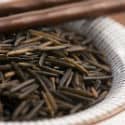 5. Wild Rice + Add
5. Wild Rice + Add
Protein
per CupProtein
per 100gProtein
per 200 Calories6.5g
(13% DV)4g
(8% DV)7.9g
(16% DV) -
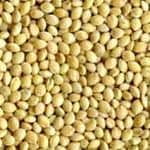 6. Millet + Add
6. Millet + Add
Protein
per CupProtein
per 100gProtein
per 200 Calories6.1g
(12% DV)3.5g
(7% DV)5.9g
(12% DV) -
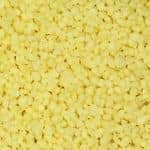 7. Coucous + Add
7. Coucous + Add
Protein
per CupProtein
per 100gProtein
per 200 Calories6g
(12% DV)3.8g
(8% DV)6.8g
(14% DV) -
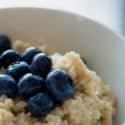 8. Oatmeal + Add
8. Oatmeal + Add
Protein
per CupProtein
per 100gProtein
per 200 Calories5.9g
(12% DV)2.5g
(5% DV)7.2g
(14% DV) -
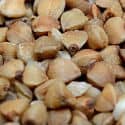 9. Buckwheat + Add
9. Buckwheat + Add
Protein
per CupProtein
per 100gProtein
per 200 Calories5.7g
(11% DV)3.4g
(7% DV)7.3g
(15% DV) -
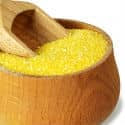 10. Cornmeal (Grits) + Add
10. Cornmeal (Grits) + Add
Protein
per CupProtein
per 100gProtein
per 200 Calories4.4g
(9% DV)1.7g
(3% DV)4.8g
(10% DV)
Printable One Page Sheet
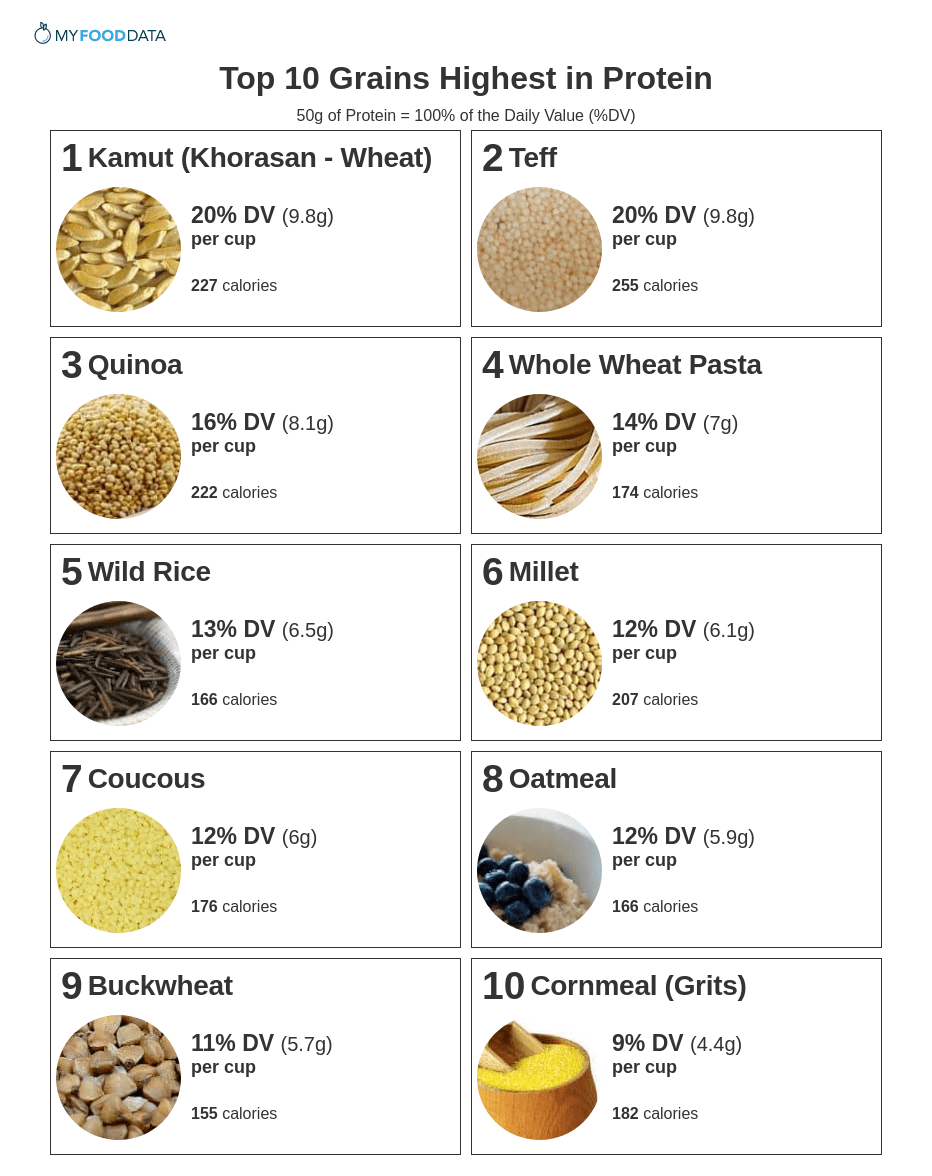
More Protein Rich Grains
| Food | Serving | Protein |
|---|---|---|
| 1. Spelt + | 1 cup | 21% DV (10.7g) |
| 2. Amaranth + | 1 cup | 19% DV (9.3g) |
| 3. Oat Bran + | 1 cup | 14% DV (7g) |
| 4. Soba Noodles + | 1 cup | 12% DV (5.8g) |
| 5. Bulgur + | 1 cup | 11% DV (5.6g) |
| 6. Brown Rice + | 1 cup | 11% DV (5.5g) |
| 7. White Rice + | 1 cup | 9% DV (4.6g) |
| 8. Pearled Barley + | 1 cup | 7% DV (3.5g) |
From the Nutrient Ranking Tool
Use the ranking tool links below to select foods and create your own food list to share or print.
- Foods High in Protein
- Foods Low in Protein
- Vegetables High in Protein
- Fruits High in Protein
- Vegetarian Foods High in Protein
- Nuts High in Protein
- Grains High in Protein
- Beans High in Protein
- Dairy High in Protein
- Breakfast Cereals High in Protein
- Fast Foods High in Protein
View more nutrients with the nutrient ranking tool, or see ratios with the nutrient ratio tool.
Related
Data Sources and References
Simplify Nutrition Tracking with MyFoodData!
Speedy Tools and Detailed Data FREEEasily analyze your meals to find the best foods for your goals.
✅ Use our recipe nutrition calculator and nutrition comparison tool.
✅ Access expert nutrition data tools and in-depth articles.
✅ Log foods and organize your recipes with a free account.


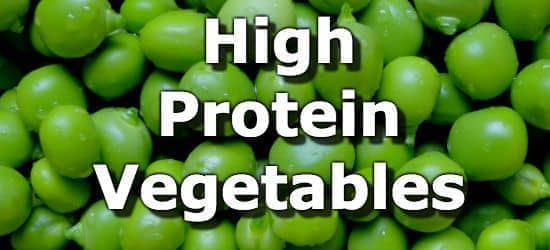 Next ➞
Next ➞
